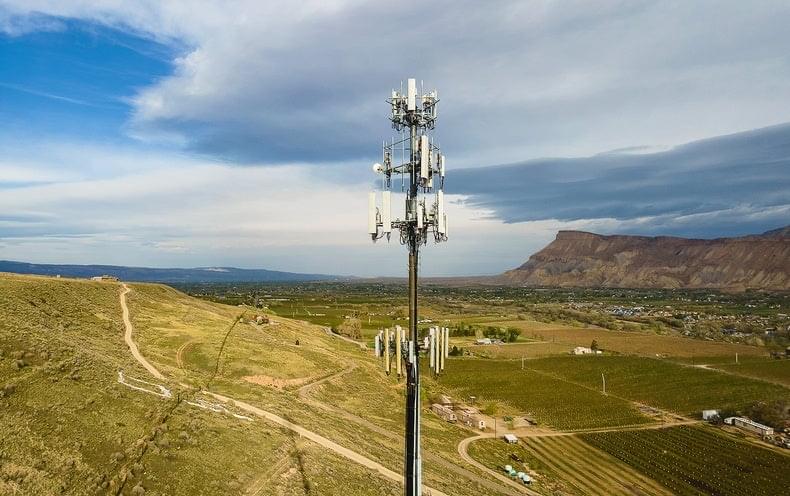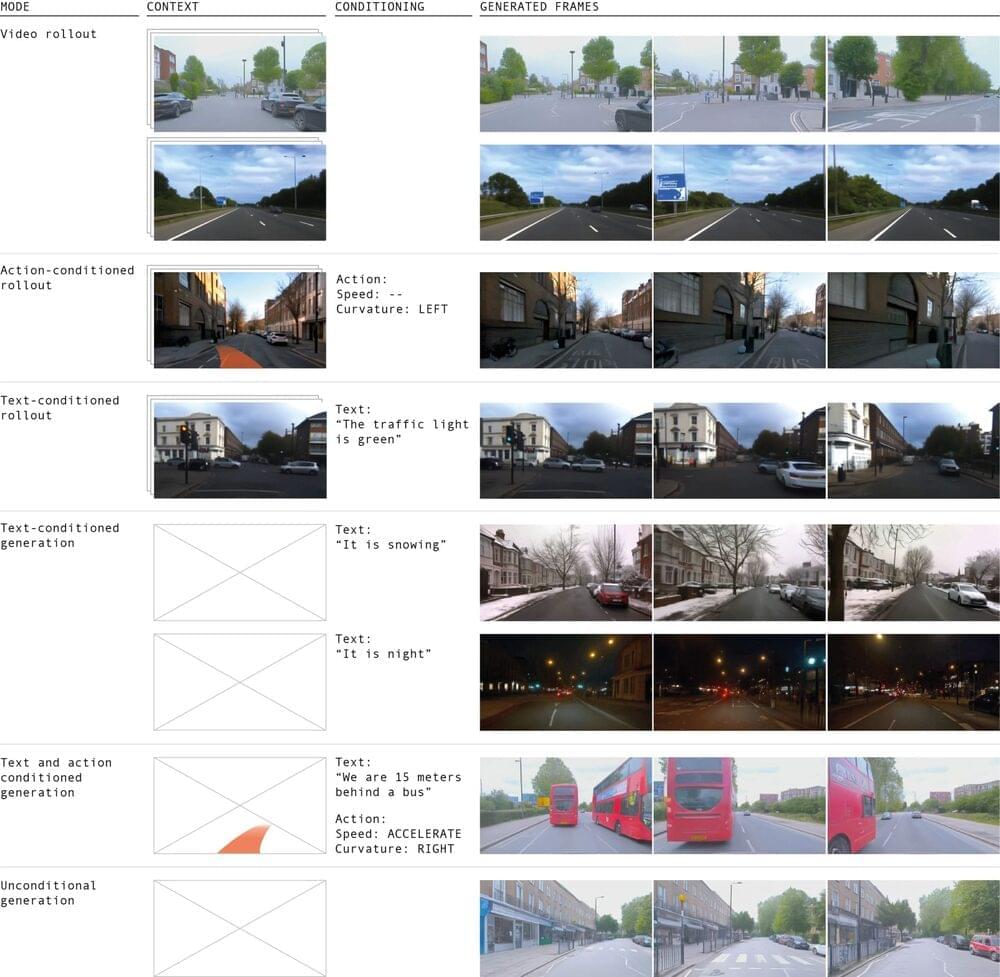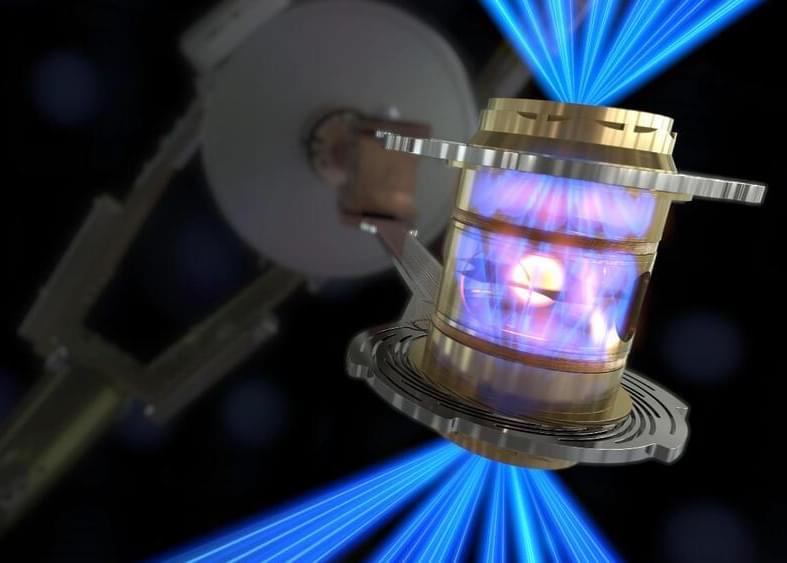Oct 4, 2023
Artificial Intelligence May Be the Future of Chronic Pain Management
Posted by Shubham Ghosh Roy in categories: biotech/medical, robotics/AI
Artificial intelligence is becoming more common in many areas of our society. One area that we may start to see more of it is in the medical community, including when it comes to the management of chronic pain. Researchers recently put artificial intelligence to the test in helping people with managing their chronic pain, and the results turned up a promising outlook for those who may have difficulty accessing a therapist.
Cognitive pain therapy intervention can play an important role in helping people who suffer from chronic pain. Our thoughts regarding pain and what we are experiencing can influence the severity of pain that we experience and how well we manage through it. Having access to a therapist who can assist chronic pain patients with cognitive pain therapy can be a challenge for some people. This leads to people not receiving the therapy they could benefit from or not finishing treatment altogether.



















